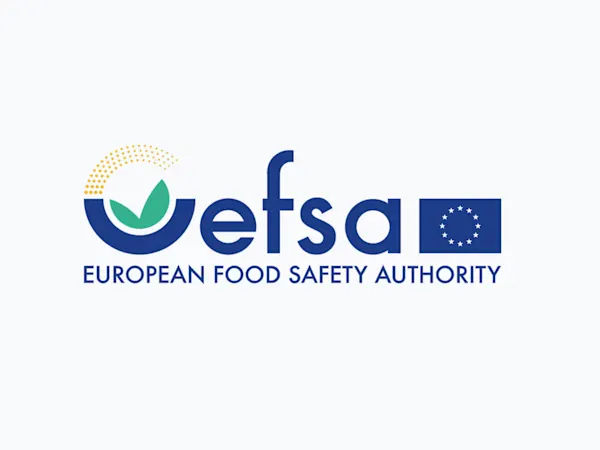
EFSA Seeks Feedback on Overhaul of Weight of Evidence and Biological Relevance Guidance
EFSA launches consultation on updating its Weight of Evidence and Biological Relevance guidance, aiming to streamline chemical risk assessment practices.


A recent report from the European Chemicals Agency (ECHA) has concluded that no immediate regulatory risk management (RRM) actions are required for the group of substances known as linear aliphatic dicarboxylic acids (C≥8) and their salts. The comprehensive assessment focused on potential human health and environmental hazards, ultimately determining that these chemicals pose no significant risks under current usage conditions.
The ECHA assessment reviewed a range of linear aliphatic dicarboxylic acids, including well-known chemicals such as sebacic acid, azelaic acid, and dodecanedioic acid. These substances are widely used across various industries, including cosmetics, lubricants, adhesives, and pharmaceuticals. The report evaluated the potential for both human exposure and environmental release, concluding that these chemicals do not present significant hazards under their current uses.
The assessment highlighted that these substances are mainly used in consumer and professional applications, which could lead to widespread dispersive use. Despite this, the evaluation found no critical hazards related to carcinogenicity, mutagenicity, reproductive toxicity, or endocrine disruption.
Based on the information available, ECHA recommended no immediate need for further regulatory action at the EU level. The chemicals demonstrated no significant long-term environmental hazards such as persistent bioaccumulation or toxicity. Additionally, human health concerns like skin or eye irritation were minimal and deemed manageable under proper self-classification by manufacturers.
Sebacic acid and hexadecanedioic acid, two prominent substances in this group, were flagged for compliance checks. However, these checks were precautionary, as no severe risks have been identified.
The report also reviewed a variety of industrial uses. These substances are employed in everything from paints and coatings to cosmetic formulations and pharmaceuticals, showing their versatility. Despite their widespread use, exposure levels for both humans and the environment appear to be within safe limits, reinforcing the conclusion that no immediate regulatory interventions are required.
The lack of significant health or environmental risks from linear aliphatic dicarboxylic acids highlights the safety of their current use. However, ECHA will continue to monitor these substances for any future developments or new data that could alter their regulatory status.
Foresight continuously tracks 1000s of sources and maps updates to your portfolio:




EFSA launches consultation on updating its Weight of Evidence and Biological Relevance guidance, aiming to streamline chemical risk assessment practices.

Germany's CONMAR-Impact study sets new environmental quality standards for TNT in marine ecosystems, raising industry-wide compliance questions.

EU Member States urge the Commission to accelerate the REACH revision, citing urgent health, environmental, and industry competitiveness needs.
Subscribe to Foresight Weekly and get the latest insights on regulatory changes affecting chemical compliance.
Free forever. Unsubscribe anytime.
Read by professionals at